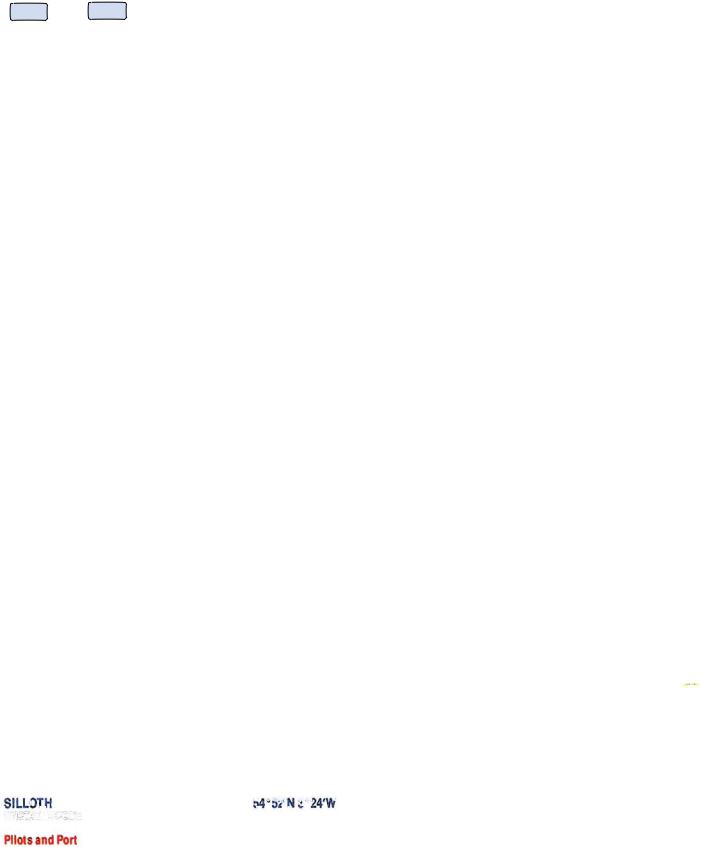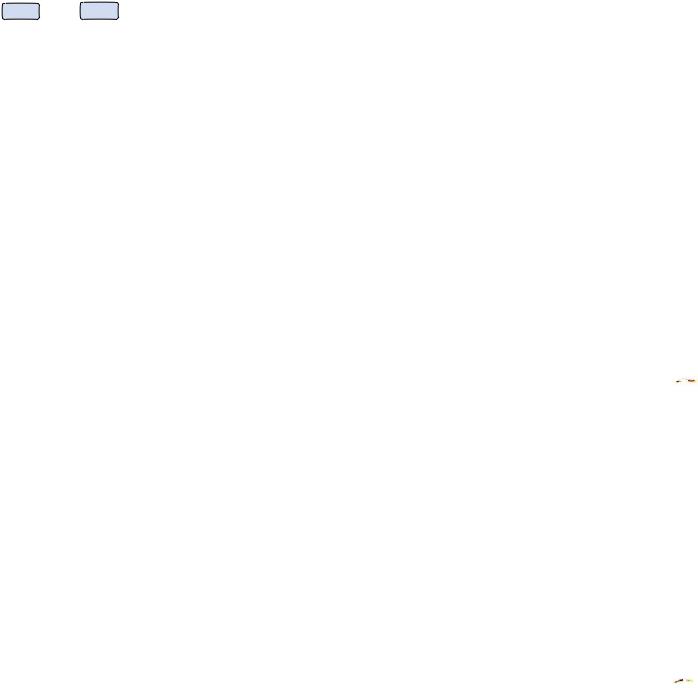
NP 286(1) United Kingdom and Europe
.pdf









Contents Index
UNITED KINGDOM
Oueen',Harbour Master (OHM). Portsmouth Call: Queen's Harbour Master (OHM)
VHF Frequency: Ch 1113 73 (Dockyard Craft) Telephone: +44(0)23 92723794 (Deputy OHM)
+44(0)23 92723694 (Harbour Control Officer)
+44(0)23 92723689 (Harbour Control Officer) Fax: +44(0)23 92722831
E-mail: qhm@qhmportsmouth.com Website: www.qhmportsrnouth.com
Solent Coastguard
Call: Solent Coastguard
VHF Frequency: Ch 16; 67
Telephone: +44(0)2392552100
PROCEDURE:
(1) All vessels carrying dangerous or pollUting goods as classified in the International Maritime Dangerous Goods (IMDG) Code in Chapter 19 of the tnternatiOnal Gas Carriers Code (IGC Code), in Chapter 17 of the International Bulk Carriers Code (tBC Code) and MARPOL (Annexes I. II and III) should comply with the Merchant Shipping (Traffic Monitoring and Reporting Requirements) Regulations 2004, (See GENERAl NOTES).
(2)The following procedures are mandatory for all vessels over 20m LOA:
(3)InwarcJ.bound vessels should establish contact with Southampton VTS on VHF Ch 12 when approaching lhe Nab or the Needles. Report should include.
(a)Vessel'sname, call sign and natiOna6ty
(b)Maximum draught, LOA and beam
(c)Destination and last port of call
(d)ETAs at various locations as requested
(e)Deficiencies of vessel, navigation equipment. machinery and cargo
(f)Number of persons on board
(g)Tankers only: Any changes to information previously given and confirmation that Tanker Check List has been completed
(h)Unseaworthy, damaged vessets, or from which oil or dangerous substances are escaping or liable to escape, should obtain permission before entering the Ports of Southampton or Portsmouth
(4)Vessels requiring to anchor in the small ship anchorage are to seek permission from Southampton VTS (VHF Ch 12) before entering the Western Approach Channel (Thorn Channel) or North Channel (also applies to outward-bound vessels).
(5)Vessels within the Southampton VTS Area should maintain a continuous listening watch on VHF Ch 12 (VHF Ch 11 should be used by all vessels underway in Portsmouth, Nof Outer Spit buoy.OHM may instruct vessels to use VHF Ch 13 instead
of VHF Ch 11; vessels wanting to use VHF Ch 13 should first obtain permisSion from OHM on VHF Ch 11). In ad<ition, vessels should report
(a)When passing the designated Reporting Points
(b)30 mins before getting underway from an anchorage in The SoIent 10 Southamplon VTS (making an inward or outward report, as appropriate): vessels bound for Portsmouth should also report to OHM Portsmouth stating ETA Outer Spit Lt buoy
(c)On berthing
(d)When anchored prior to berthing or seeking shelter
(e)When a Pilot has boarded
(6)VHsetS outward-bound or shifting berth should report to Southampton VTS on VHF Ch 12 as follows:
(a)From port of Southamplon: at least 30 mins before leaving berth stating:
(i)Vessel'sname and call sign
(ii)Confirmalion of sailing time
(iii)Maximum aaught, LOA and beam
(iv)Other important information
(v)Tug working frequency, if appropriate
(vi)ETAs at various locationS as requested
(vii)Next port of call
(b)From Port of Portsmouth: On passing Southsea War Memorial
(c)From Langstone Harbour: On passing the Langstone Fairway Pile
(7)In addition, vessels in Portsmouth Harbour should request permission from OHM Portsmouth before leaving berth.
REPORTING POINTS:
(1)Vessels should report to Southampton VTS on VHF Ch 12 when passing the Reporting Points stated below.
(2)Vessels bound for Portsmouth should report to OHM Portsmouth on VHF Ch 11 or
13 as appropriate, when passing the additional Reporting Points below.
(3)After reporting, such vessels should resume listening watch on VHF Ch 12.
(4)Inward·boundvessels:
400
